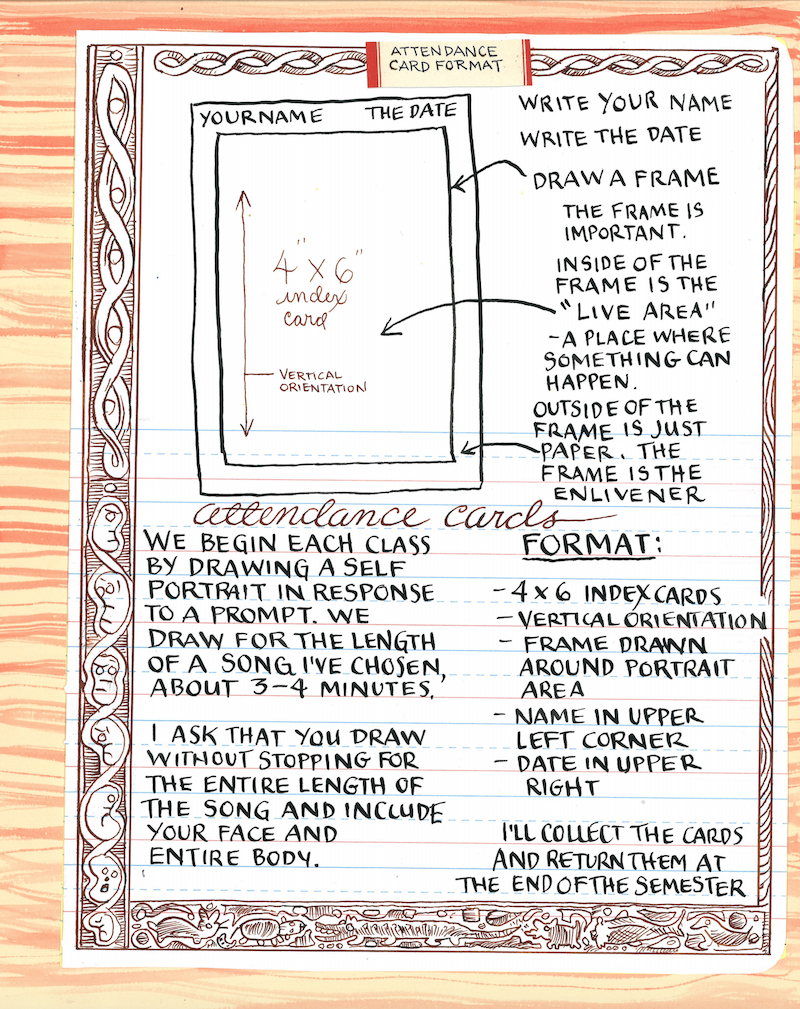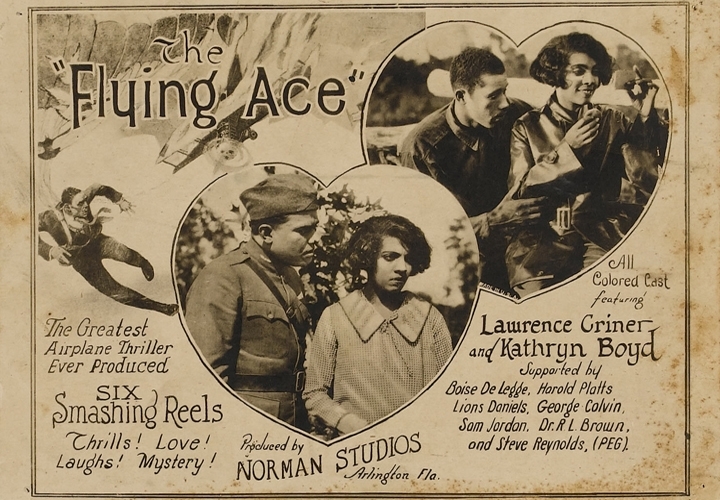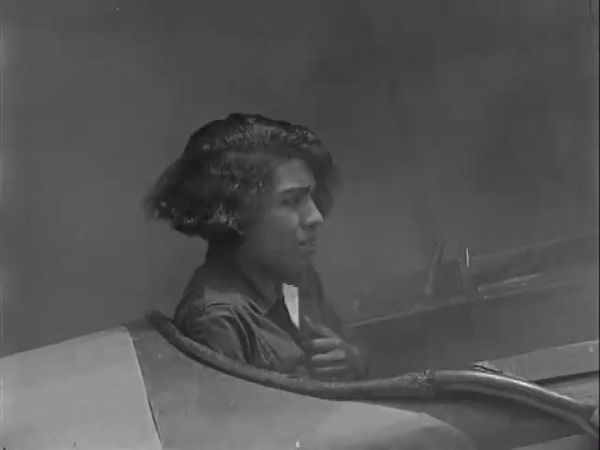We can’t talk about how music moves us without talking about what, exactly, music does to our brains. The musicophile neurologist Oliver Sacks made the relationship between music and the brain one of the themes of his career, and were he alive today, he would surely enjoy Neurosymphony, a new audiovisual experience of the brain now up at Aeon. It takes the highest-resolution MRI scan of the human brain in existence, featured earlier this year here at Open Culture, and mashes it up with music suitable for a journey through the cross-sections of our most impressive organ — suitable not just aesthetically, but also in the sense that it, too, was made from the stuff of the brain.
Originally scanned by the Laboratory for NeuroImaging of Coma and Consciousness (NICC) at Massachusetts General Hospital in Boston, this brain imagery is soundtracked in Neurosymphony by “an excerpt from the album Chapel by the US electronic musician and music-cognition researcher Grace Leslie, in which she converts her brainwaves into music.” On her web site, Leslie describes herself as “committed to harnessing the expression granted by new music interfaces to better understand the link between music and emotion, with an ultimate goal of employing musical brain-computer interfaces to promote wellness.”
A few years ago, Leslie revealed her process of converting brain waves to musical sounds to BBC Future. “Using equipment that monitors the electrical activity of her brain, changes in her heart rate and subtle shifts in the conductance of her skin, she is creating music from the signals produced by her own body while on stage,” writes Richard Gray. “Leslie plays these signals through an electronic synthesizer to produce ambient sounds that reflect what is going on in her body. She can also filter the sounds from musical instruments, like a flute, with the signals from her body to mix them together in a computer.” You can watch Leslie’s 2017 performance of another such piece, Audible, in the video below.
While Leslie’s methods produce music quite unlike what most of us are used to, her goals go beyond the performative. “Ultimately, Leslie believes this innovative form of musical expression could be used to help those who have difficulty interacting with the world, such as those with autism,” writes Gray. In this way she has something in common, beyond pure interest in the brain, with the team at the NICC, who produced their groundbreaking scans as a part of their mission to further the understanding of recovery from traumatic brain injury. All worthy pursuits, of course, but it certainly doesn’t hurt that their by-products include works like Neurosymphony that motivate us all to learn a bit more about the nature of our own brains.
Related Content:
The Neuroscience of Bass: New Study Explains Why Bass Instruments Are Fundamental to Music
The Neuroscience of Drumming: Researchers Discover the Secrets of Drumming & The Human Brain
The Science of Singing: New, High-Speed MRI Machine Images Man Singing ‘If I Only Had a Brain’
Based in Seoul, Colin Marshall writes and broadcasts on cities, language, and culture. His projects include the book The Stateless City: a Walk through 21st-Century Los Angeles and the video series The City in Cinema. Follow him on Twitter at @colinmarshall or on Facebook.





